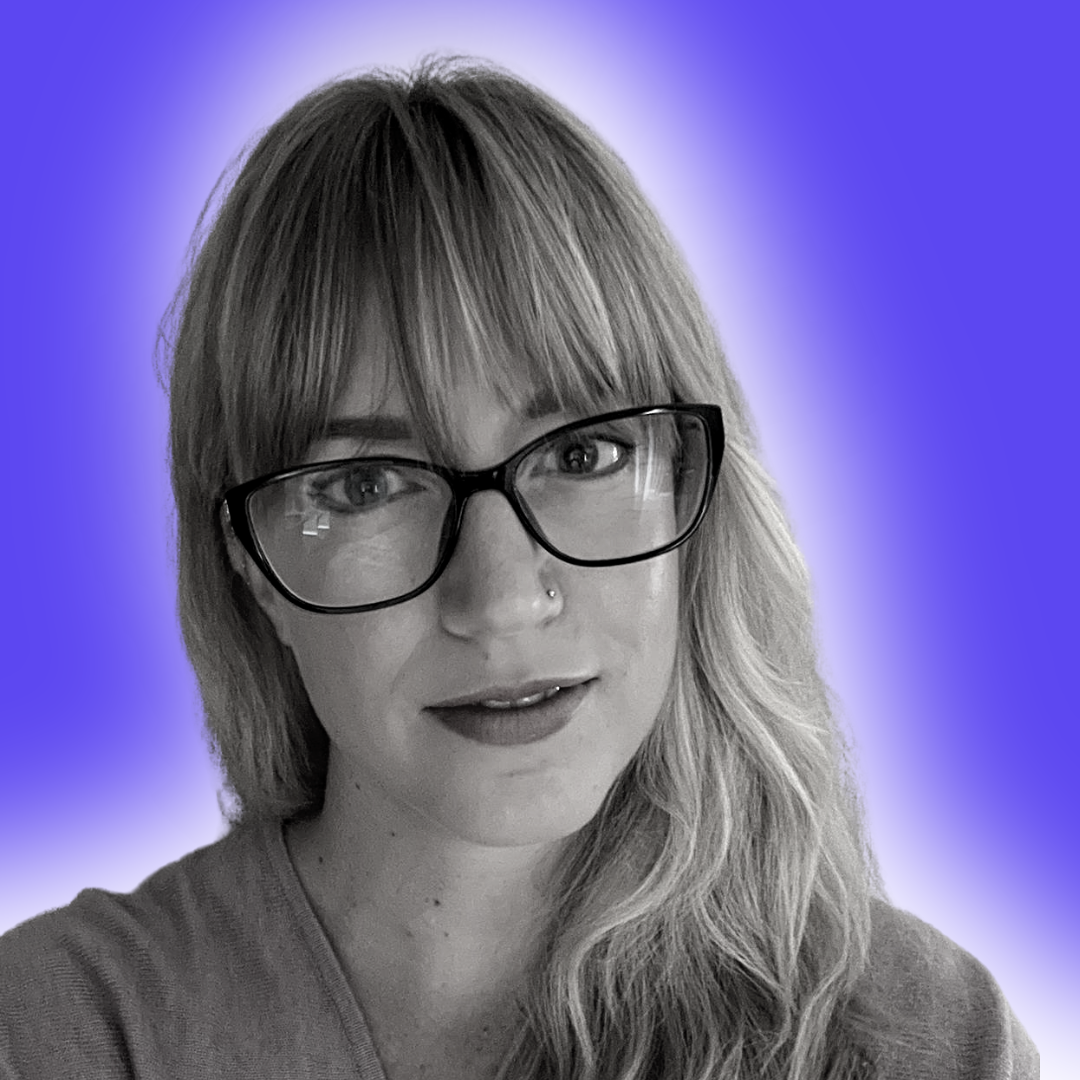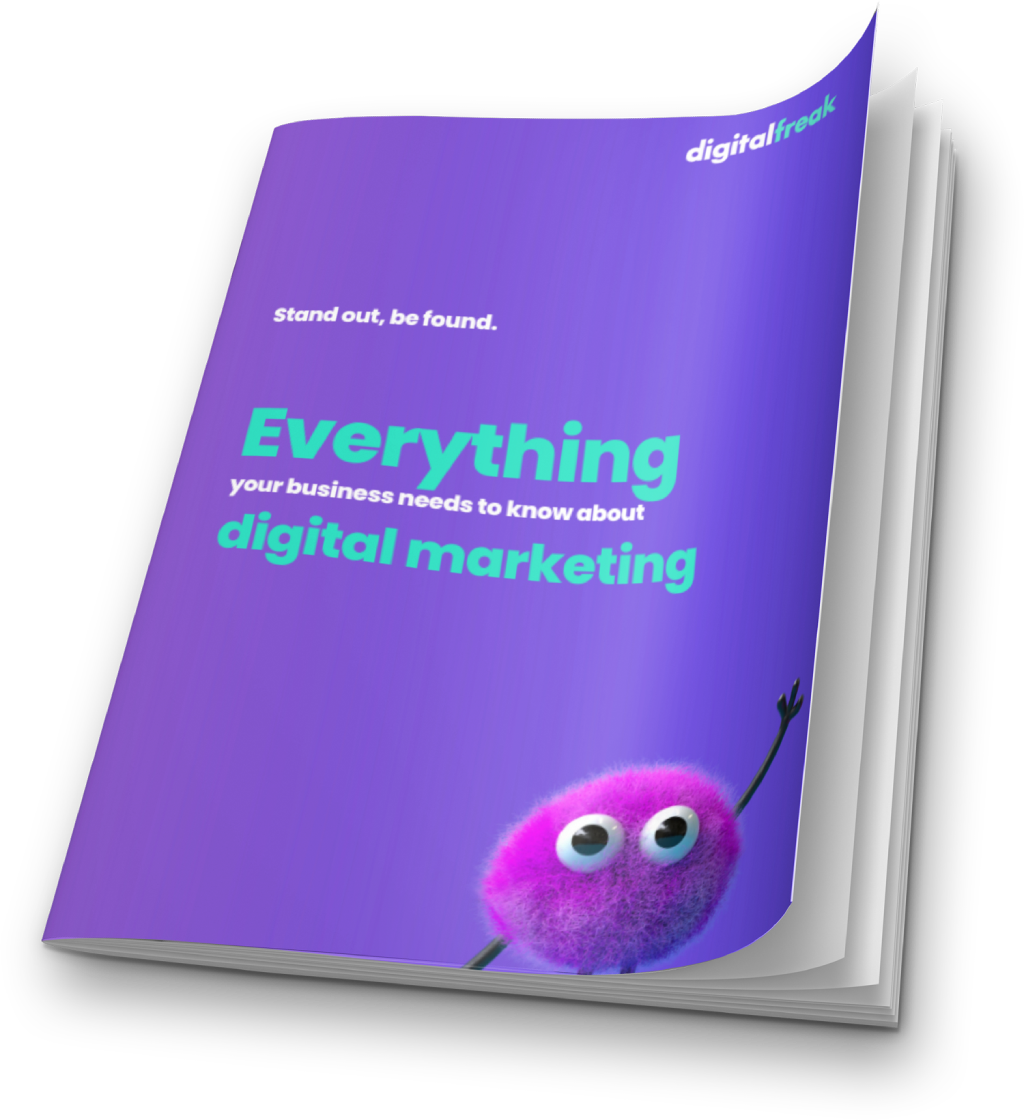Email marketing is at the top of the food chain, with research showing that for every US$1 spent, businesses got an average of US$42 back. For ecommerce businesses, email is the backbone of a successful digital marketing strategy, whether you’re promoting a sale or new products, helping your customers track their purchases, managing customer service needs or acquiring new customers.
As with any well-used and active digital marketing channel, it will need a bit of freshening up every now and then to give it a new boost. Here are some great tips from our inbound marketing team to help make your ecommerce marketing efforts even more effective.
Spring-Clean Your Subscriber List
Your subscriber list is the base foundation for email marketing, holding the information of every person who has signed up for your correspondence since you launched this service. If you’ve been running email marketing campaigns for more than a year or so, your list of subscribers is probably a little messy and untargeted.
This is a natural process as people move away from needing your particular products – kids grow up so moms no longer need specials on baby products, hobbies and interests change, and people emigrate, change email addresses or lose interest. It’s not your fault, but it does mean your list needs a good spring cleaning.
Start by segmenting your subscribers into those who have recently opened or clicked through from an email of yours and those who haven’t opened an email from you in 4-6 months. Implement a re-engagement campaign where you send inactive subscribers an eye-catching email with a really great offer – a freebie or a good discount works well. If they still don’t open the email, remove them from your subscriber list.
Campaign to Grow Your Subscribers
Now that you’re left with consumers who are engaged with your brand, you may feel that your subscriber list is looking a bit short. Growing your list is as much about getting quality customers as it is about numbers, so try campaigns like:
- Promotions for new sign-ups – Getting a discount off your first purchase, a freebie when you buy, or get entered into a competition.
- Writing an eBook about your most popular products, a style guide, or content. Hand it out for free to anyone who signs up as a new subscriber.
- Pop-ups and landing pages to entice new subscribers – Inviting people to subscribe to your newsletter (and what goodies they can expect from your emails) when they visit your site, or incentivising new subscribers to join your rewards programme.
Segment Your List by Behaviour
Email marketing has come a long way in terms of functionality in the last few years, which means access to great features that enhance your ecommerce marketing strategy. One of these is the ability to segment your subscribers according to their consumer behaviour and send out automated emails that connect directly with that behaviour.
This means you aren’t sending out a single email blast to everyone – you’re sending a personalised communication that’s targeted to their purchase history, demographic information, interests and more. For example, a customer who abandoned their cart may get a 10% discount reminder email, while a customer who put an item on their wishlist will get a follow-up email when that item goes on sale. Subscribers are far more likely to buy if they see something they like, that’s relevant to them and in their budget!
Know What Works
You shouldn’t be planning and sending out emails blindly, not knowing whether or not your content is working for your business. Instead, take the time to review your previous email marketing engagement data, looking for what email marketing content was a hit and what wasn’t – and nailing down why. Important analytics data to focus on in this process include open and click-through rates.
And remember, there are a lot of reasons for an email marketing campaign to under-perform, including offers not being enticing enough, communication style or content not fitting with that segment of your audience, or simply sending your content out on the wrong day of the week or the wrong time of day.
You should also add a tracking code to your email marketing campaigns for more useful data, including showing which campaigns are bringing in great results and where conversions are the most successful.
Use a Great Subject Line
If your subject line isn’t eye-catching, no one will even spend a second looking at your email marketing content. Online customers have a very short attention span and, if something doesn’t grab them immediately, you’ve lost a chance at a sale. You need a subject line that’s irresistible! Here’s how to do it:
- Be personal – You have their name from their subscriber info, use it!
- Limit your offer – Create a sense of urgency by having a time limit on your offer, like “today only” or a countdown.
- Make it special – “We’ve got a great offer just for you” is much more intriguing than “10% off”
- Solve a problem – Using consumer data, try address a challenge based on that segment’s needs. For example, “Running out of diapers? We’ve got your back!” or “No time to cook? Our ready meals are ready to go”.
A Fresh Approach to Ecommerce Email Marketing
Every digital marketing campaign needs to be fresh and exciting if you want it to deliver great results, and that’s especially important for the competitive world of ecommerce email marketing. If you feel your campaigns are getting stuck in a rut, pop in for a visit with our friendly inbound marketing team in Melbourne. We’ll deliver a fresh, expert perspective that will open your eyes – and your business – to new opportunities!

Written by
Michelle van Blerck – Communications Manager
I take a spark and turn it into a fireworks show! From internal client communications to LinkedIn authority articles, social media, and blogs, I write it all. My aim is to represent clients authentically with high-quality content that Google loves. I’ll show consumers why you’re the business they want to work with, buy from, and follow for life!














